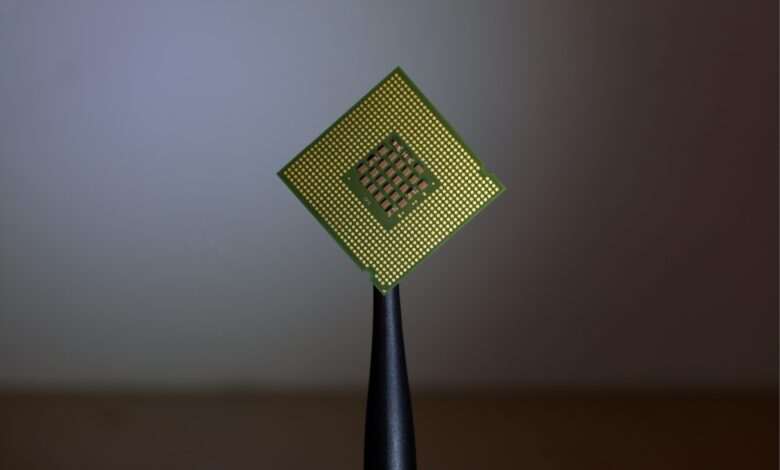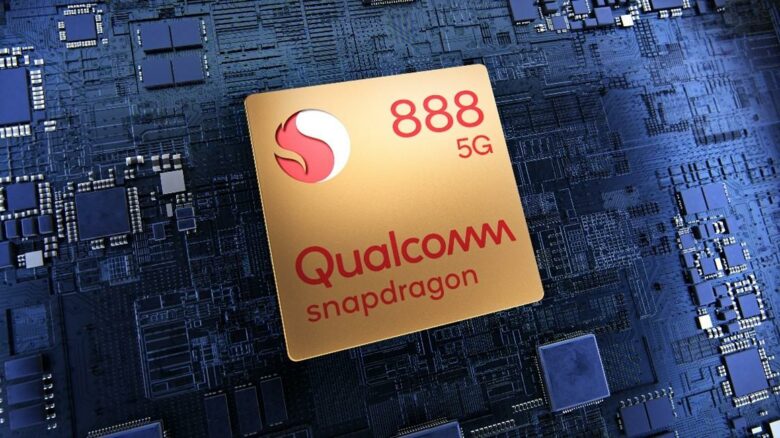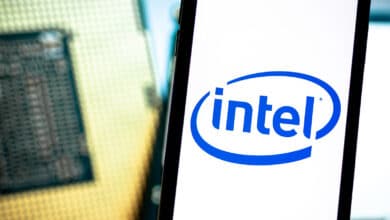
The EU Commission has given the go-ahead for chip production in Europe. As an ambitious goal of the planned industrial alliances for semiconductors and cloud, it should even be possible to manufacture 2 nm chips in Europe in the future. A second alliance for “industrial data, edge and cloud” will promote the emergence of “breakthrough” technologies in this area, according to the commission.
Semiconductor race “crucial for the future”
Currently, chips around 30 nm are manufactured in Europe. However, that is not enough for the EU Commission, as Internal Market Commissioner Thierry Breton pointed out back in May 2021. Chips of 22 to 10 nanometers were given as a target, to be used primarily in the automotive industry.
However, Breton now also wants to ensure that capacities are available in the EU area to develop and produce state-of-the-art chips in the direction of 2 nm and below, according tothe press release.
The ability to produce such processors and chips is “critical to the future of today’s most advanced economies,” it adds. The industrial alliance should therefore identify and optimize current bottlenecks, needs and dependencies, it said. The EU’s dependence on global semiconductor manufacturing is to be reduced by increasing its own market share to 20 percent by 2030 – nearly doubling its share.
Long-term adjustment of manufacturing capacity
During that period, the EU aims to shift manufacturing capacity to 16- to 10-nm structures to “meet current demand.” In the medium term, 5 to 2 nm and below will also be targeted to anticipate future technology needs.
Corresponding 5-nm chips such as Apple’s M1 chip or the Qualcomm Snapdragon 888 smartphone processor have so far only been manufactured by chip contract manufacturers such as TSMC and Samsung. Intel’s 7-nm technology, meanwhile, is delayed to2022, which, according to the EU Commission, “highlights the technological complexity of chip manufacturing at such scales.”
The Commission thus aligns the alliance’s goal with that of the European Funding Institute for “Projects of Common European Interest” (IPCEI) microelectronics, which several countries (including Germany) relaunched in December.
The Semiconductor Alliance includes interested companies, representatives of member states, academia, users, and research and technology organizations, making it much broader than the IPCEI ME-II.
Industry Data, Edge and Cloud Alliance
The new Industrial Data, Edge and Cloud Alliance is also intended to promote the emergence of “breakthrough” technologies. In doing so, the aim is to meet the special needs of European citizens, companies and the public sector when processing highly sensitive data and to strengthen the competitiveness of EU industry.
Here, the EU Commission sees an opportunity, particularly in the area of edge cloud (moving data processing to the edge of the networks), to strengthen its own cloud capacities and thus also its technological sovereignty.





No replies yet
Neue Antworten laden...
Neues Mitglied
Beteilige dich an der Diskussion in der Basic Tutorials Community →